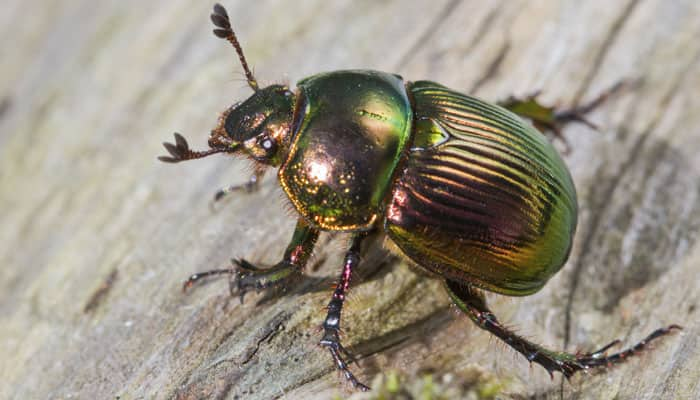New York: Ever heard of a beetle with a gun built into its rear end? Here is one, called the bombardier beetle.
Many beetles secrete foul-smelling or bad-tasting chemicals from their abdomens to ward off predators, but bombardier beetles take it a step further, the researchers noted.
When threatened, they combine chemicals in an explosive chemical reaction chamber in their abdomen to simultaneously synthesise, heat and propel their defensive load as a boiling hot spray, complete with "gun smoke".
What's more, they can even precisely aim the nozzle at the attacker.
A new study by a multidisciplinary team of scientists details the beetle's firing apparatus and also solves a long-standing mystery of how the animals achieve their insane rapid-fire capabilities.
"Understanding how these beetles produce - and survive - repetitive explosions could provide new design principles for technologies such as blast mitigation and propulsion," said Wendy Moore, one of the lead authors of the study, from the University of Arizona.
The scientists studied the anatomy of the beetle's reaction chamber, which is constructed of cuticle, a composite of chitin, proteins and waxes.
The sturdy material, which also makes up the exoskeleton of insects, protects the beetle from the toxic chemicals, high temperatures and high pressures during explosions.
"Twenty-five years ago, a team of scientists from Cornell University and MIT discovered that each blast from the bombardier beetle is actually a series of extraordinarily fast micro-pulses," Moore said.
The new study found that the pulses are generated in a passive way, not through an active process involving muscle contraction, as had been hypothesised before.
As the chemicals pass through a valve into the reaction chamber, they mix with enzymes and explosively liberate oxygen gas, water vapour and heat, propelling a hot, noxious spray down the nozzle and out the exit pore.
"By having a pulsed delivery, these small beetles produce a relatively large amount of defensive spray, which they can aim precisely and with great force and speed," Moore said.
"This is truly one of the most remarkable and elegant defensive mechanisms documented to date," she added.
















